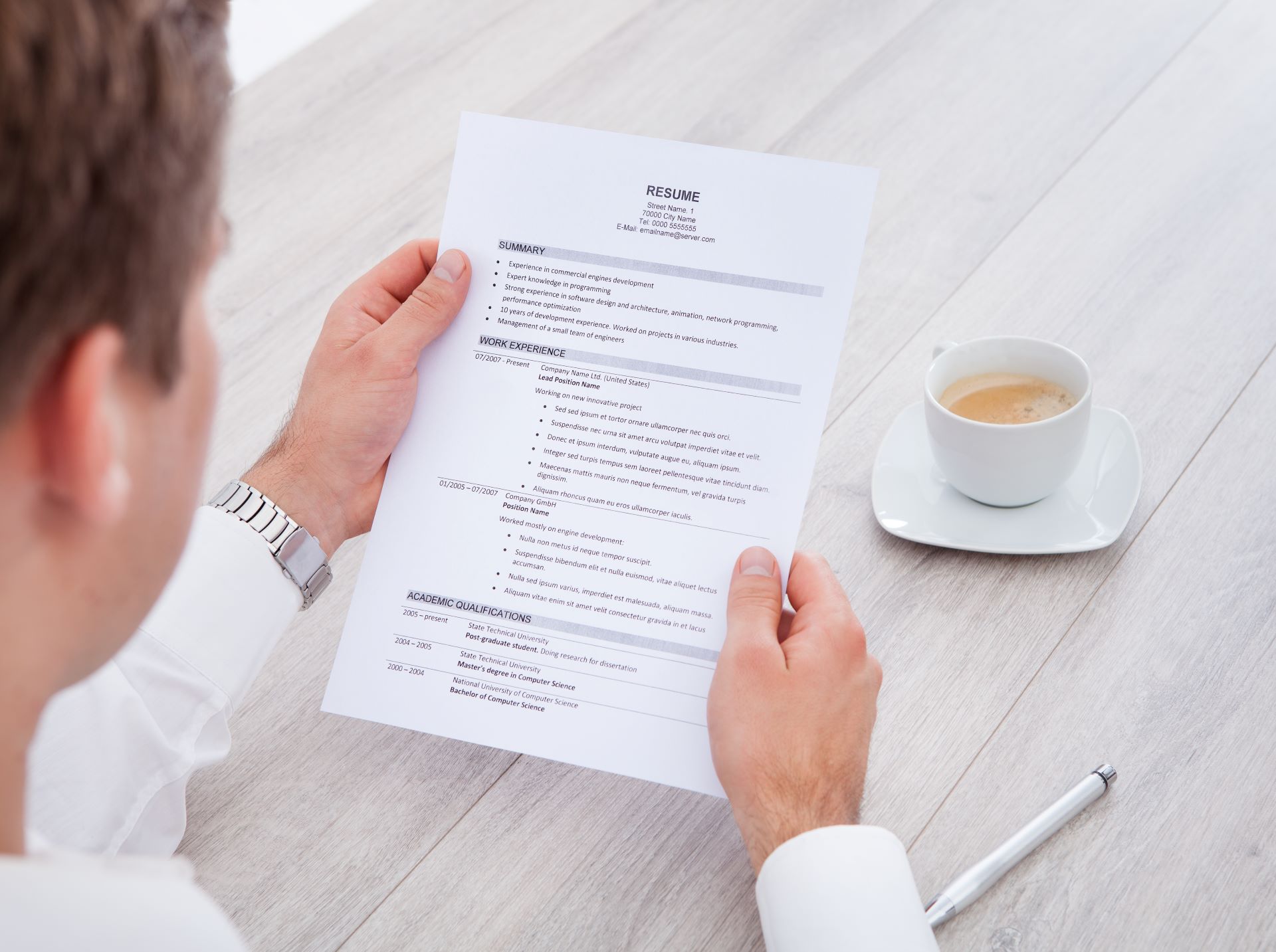How to write a resume Summary, Headline and Objective

A resume’s summary, headline and goal are all important components of a professionally formatted resume. They are the first things that an employer look at and must be customized for the job that you’re applying for. Here at Ballina Resume, we specialize in providing resume writing assistance to assist you in standing out the competition. In this post, we’ll provide tips on how to write your resume summary, headline, and objective.
Section 1: How to write an Executive Summary for your Resume
A resume summary is a brief description at the top of your resume which describes your abilities and work experience. It should be limited to a few sentences or bullet points and should include your most relevant skills and accomplishments.
- Make it as brief as possible The summary of your resume should be a brief description of your experience and qualifications. Keep it to a few paragraphs (or bullet points).
- Use keywords: Include keywords pertinent to the position you’re applying for. This will help your resume be noticed by hiring managers and applications tracking software (ATS).
- Tailor it to the job tailor your resume to match the job which you’re trying to apply for. Highlight the skills and experience that are relevant to the job.
- Include the most recent and relevant experience: Indicate your most recent and relevant experience. This will convince the hiring manager that you have the skills and experience that they are looking for.
- Find help from a professional if you’re having difficulty writing your resume summary or need assistance in tailoring it for the position, you might want to seek out assistance from a professional Ballina Resume.
Section 2 How to Write an effective resume headline
A resume headline is a brief sentence at the top of your resume that provides your credentials and work experience in a catchy and attention-grabbing manner.
- Keep it short: A resume headline is a concise description. Limit it to just a few phrases or a couple of sentences.
- Use keywords: Use keywords that are relevant to the job you’re applying for. This will allow your resume to get discovered by employers as well as applications tracking software (ATS).
- Make it specific to the job tailor your resume’s headline to match the job it is you’re submitting for. Highlight the experience and skills you have that are most pertinent to the position.
- Be imaginative: be creative with your headline and make its headline stick out.
- Find help from a professional if you’re struggling to create your resume’s headline, or you need help tailoring it to the jobposting, you might want to seek assistance from a professional at Ballina Resume.
Section 3 How to write a resume Objective
A objective for your resume is a line in the upper right corner of your resume that explains your professional goals and also the particular job you’re applying for.
- Keep it simple Your resume’s objective should be a brief statement. It should be limited to a few phrases or bullet points.
- Make it specific to the job The objective of your resume should be tailored to the specific position which you’re applying to. Explain how you can contribute to the business’s goals.
- Be specific Be specific about your goals for your career and how they relate to the job you’re applying for.
- Consult a professional for assistance: If you’re having trouble writing your resume’s goal or assistance in tailoring it to your position, you might want to seek professional assistance from Ballina Resume.
If you follow these guidelines and guidelines, you can write an effective resume summary, headline and objective that emphasizes your skills and qualifications. You should tailor them to the job you’re applying to and ask for help from a professional. Ballina Resume can also assist you with the article and ensure the resume is distinct other applicants.
In addition to a solid summary, headline, and objective Make sure you include relevant experience, education and qualifications in your résumé. Make use of strong action verbs to define your previous roles as well as accomplishments, and then highlight your achievements as often as possible. For instance, instead of declaring "Helped customers with their queries," say "Assisted over 100 customers per week with their product or service related queries, which led to an increase of 20% in satisfaction ratings for customers.




